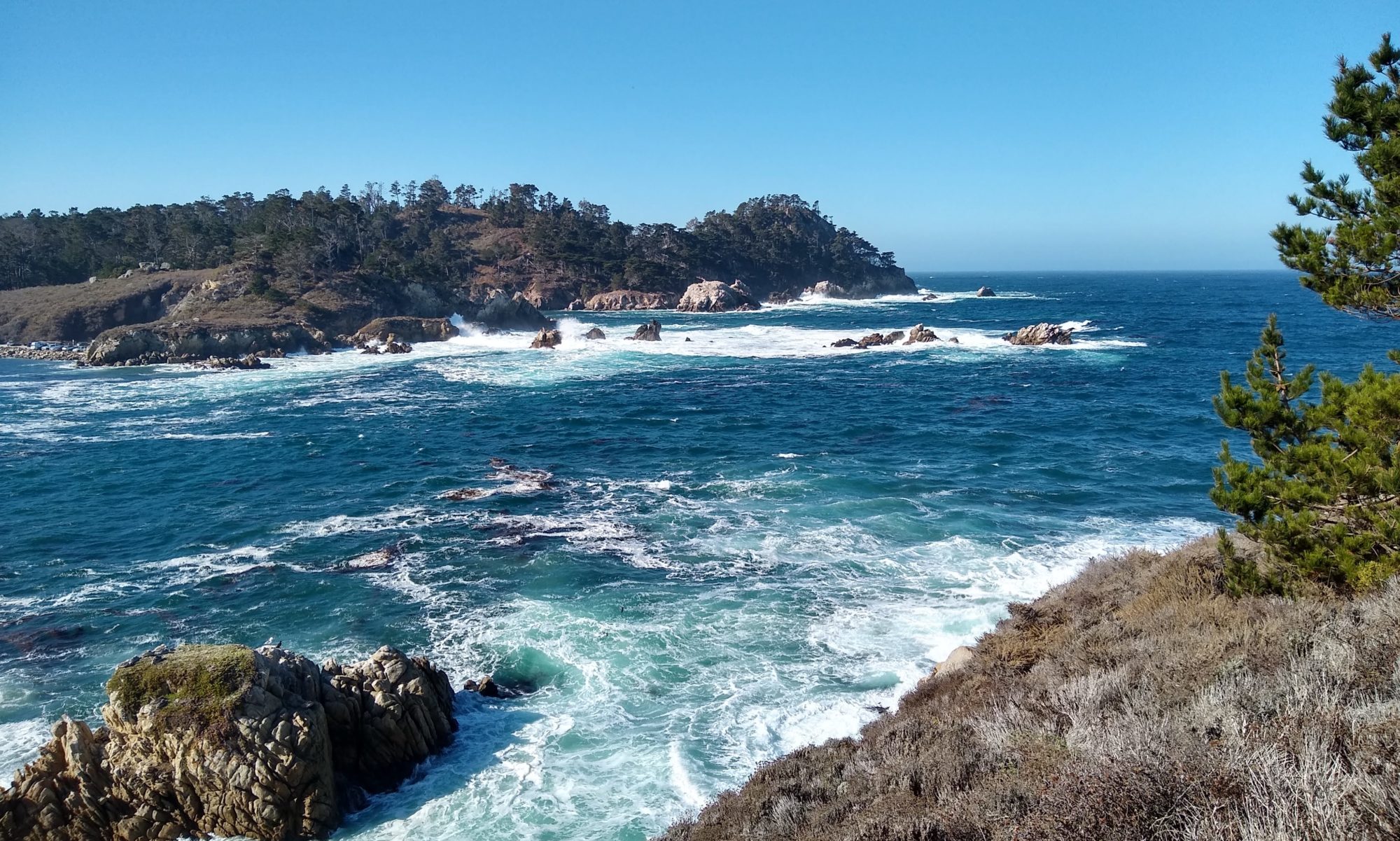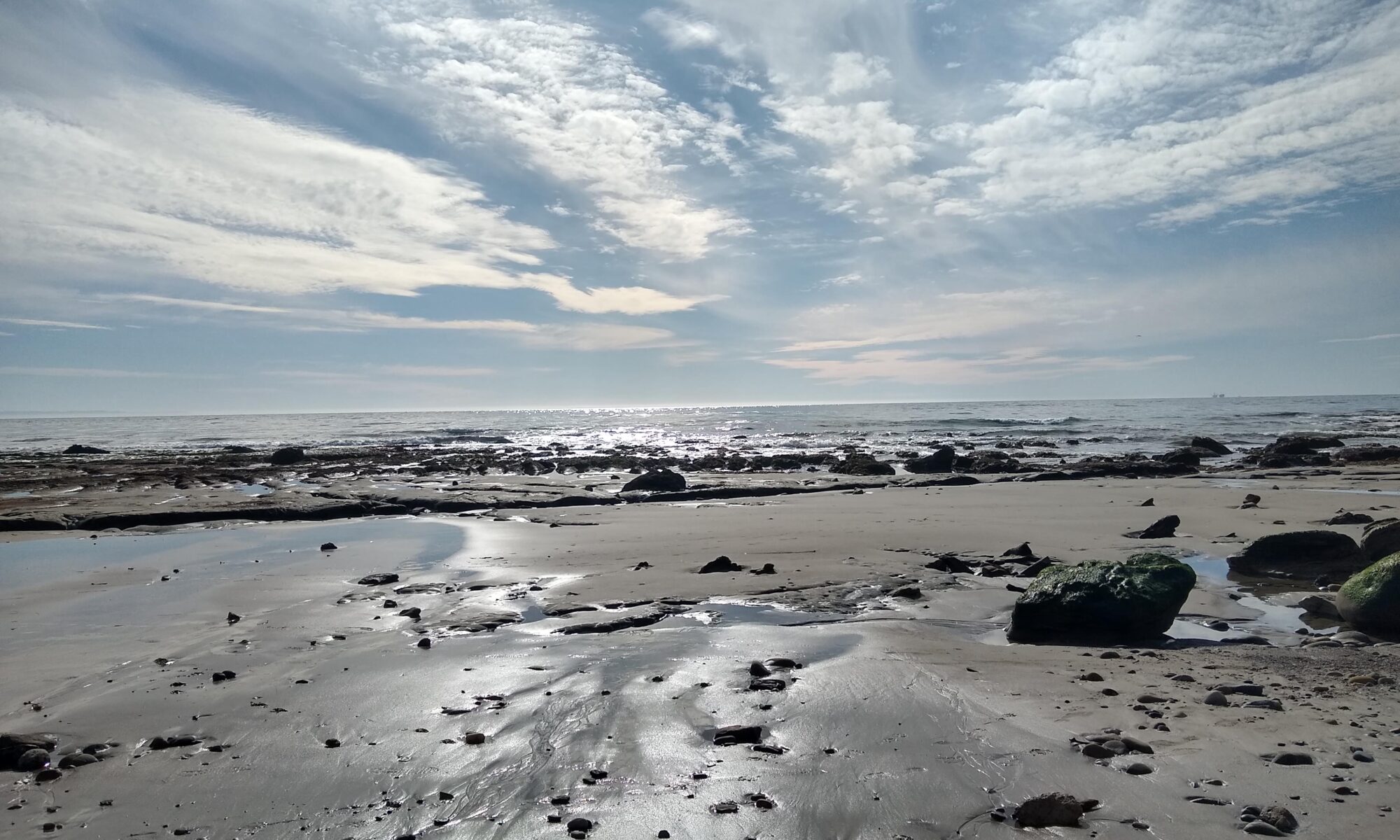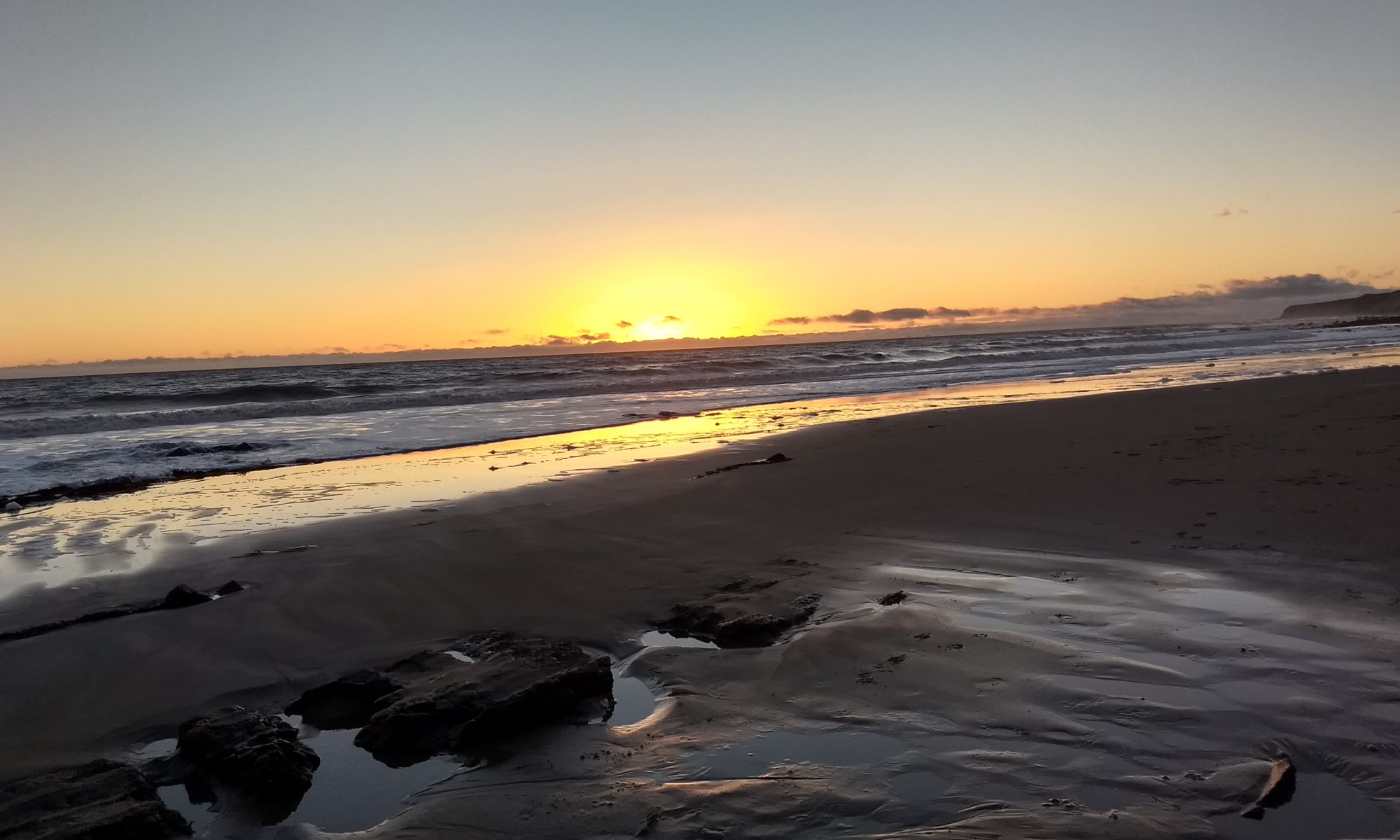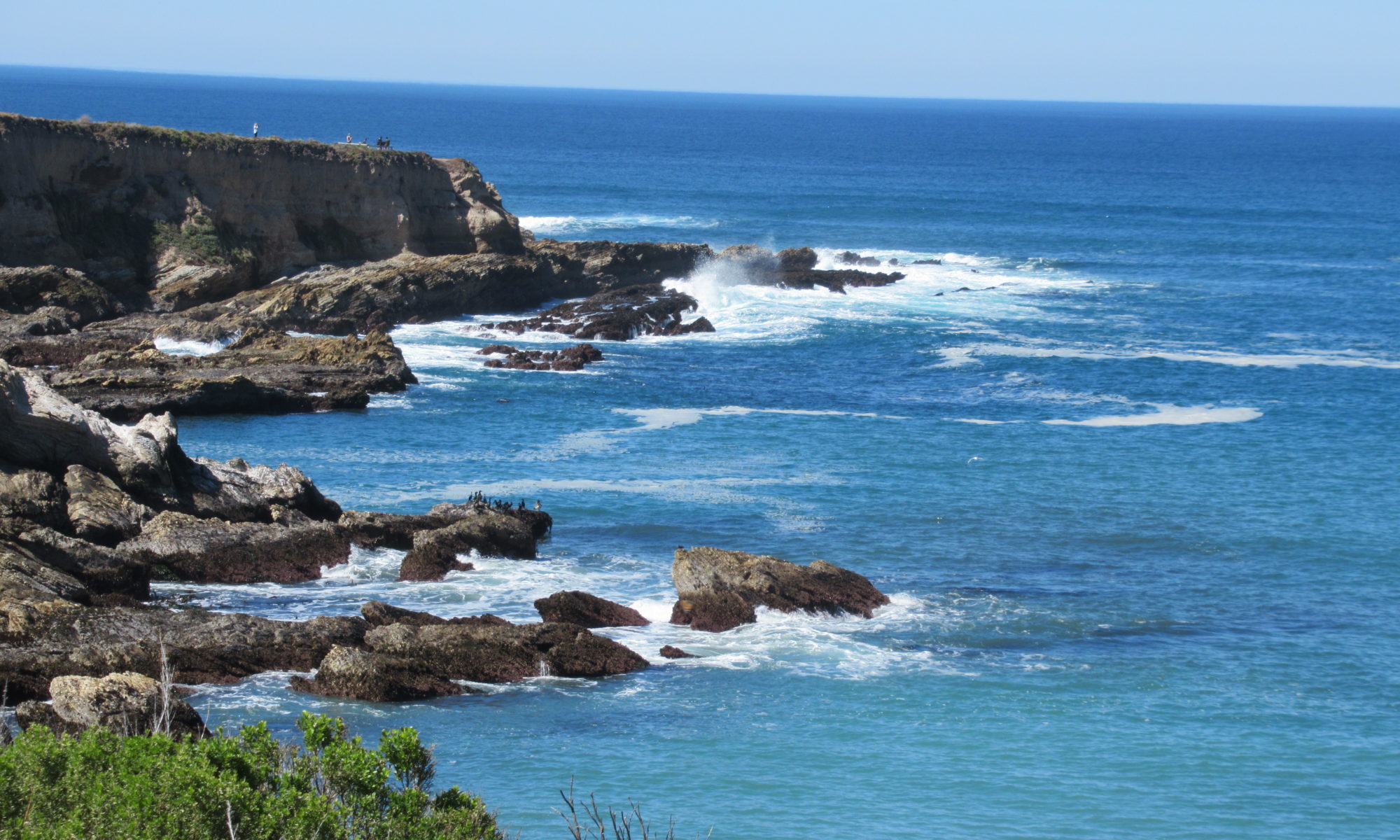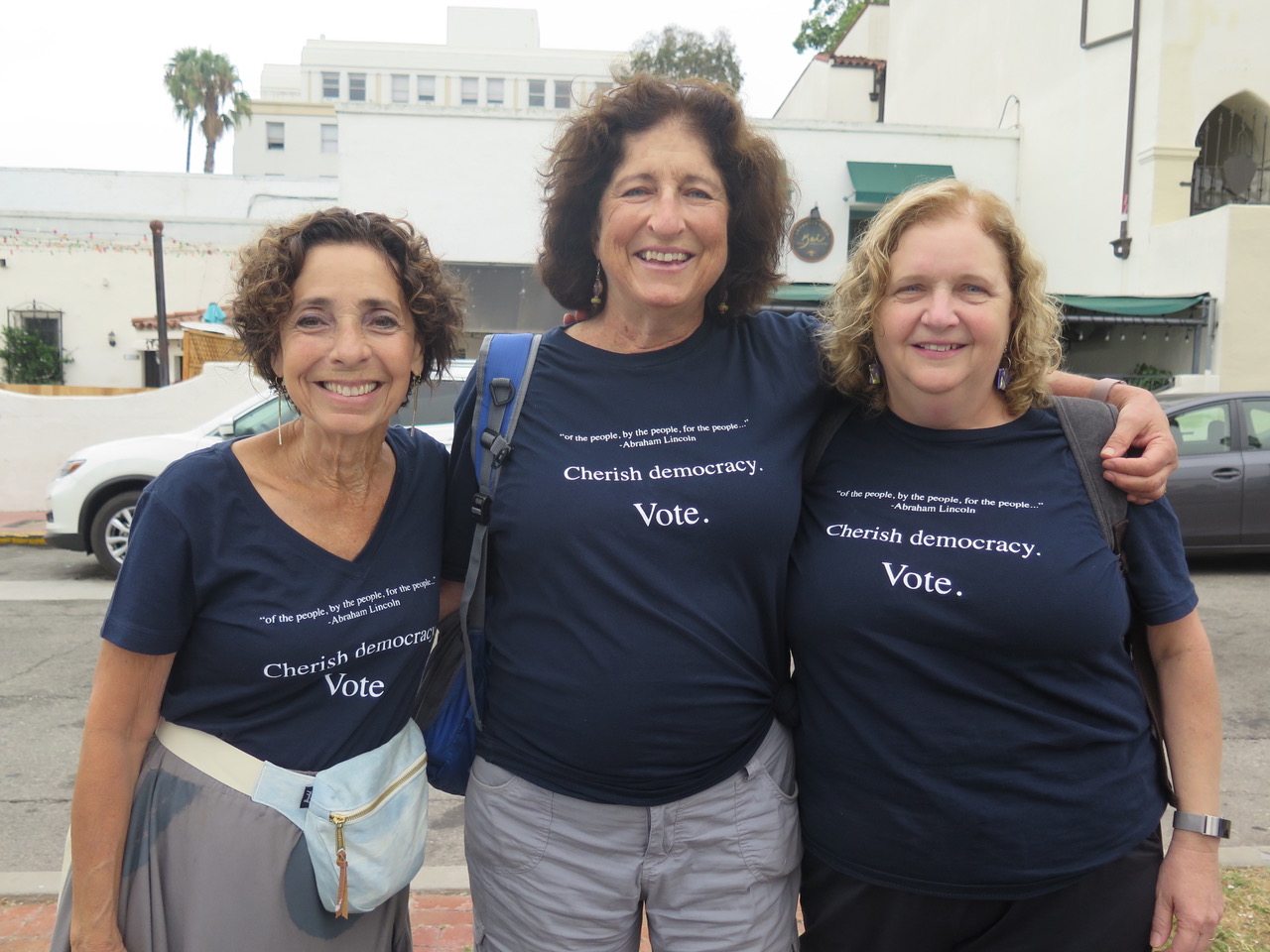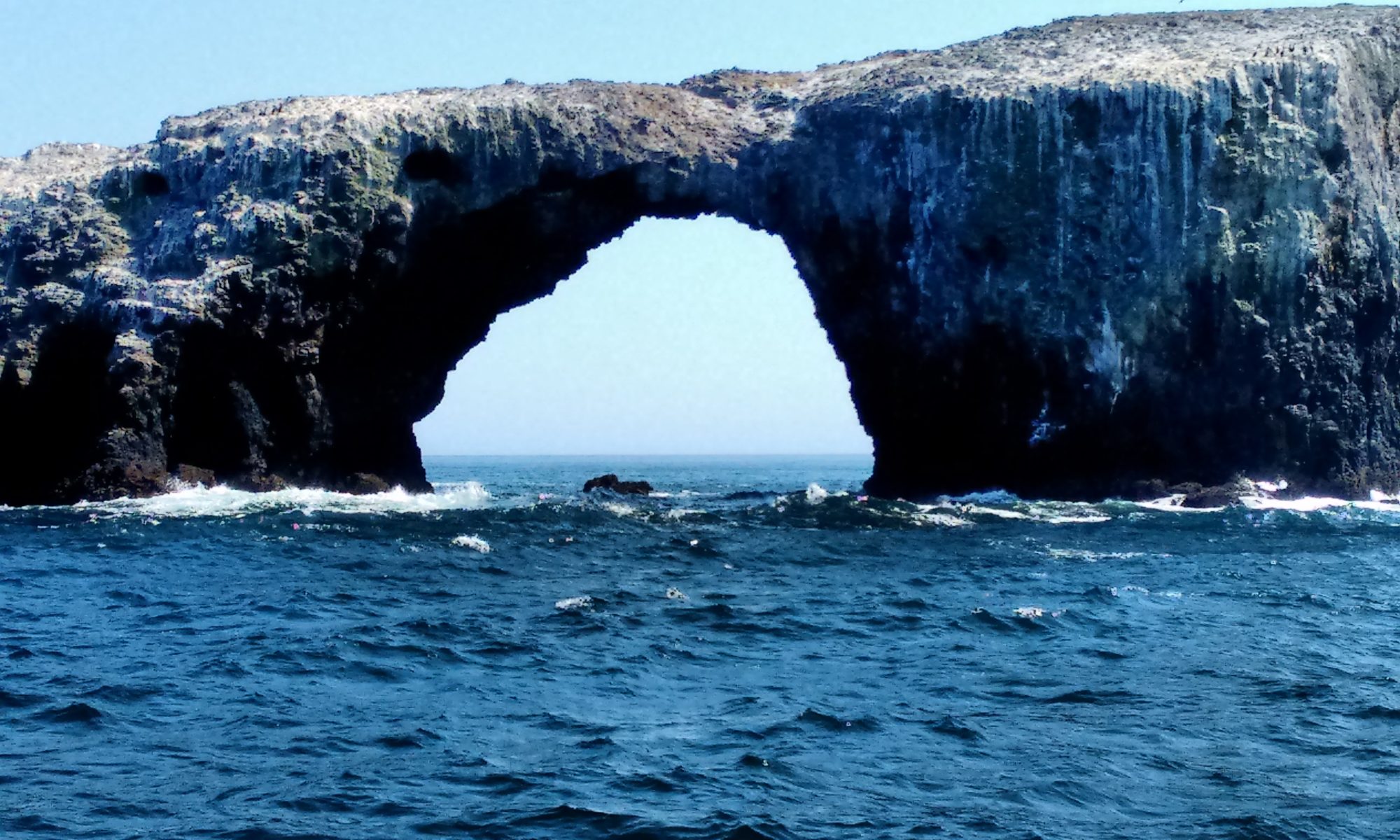No question: we need change at the national level. We need to support the lawyers who are trying to block the worst developments; we need to pressure our leaders to challenge this Administration.
But we also need to act locally, where our efforts may have the most power.
Showing up is important. The recent “Stop the Coup” town hall meeting in Santa Barbara was covered by MSNBC. Because people showed up.
Showing up and speaking out are important; and you have to be persistent. Many people showed up and spoke at a hearing on a development in a pristine area up the coast known as Naples. (Naples Beach is pictured above.) The Administrator approved the development. But the approval will be appealed and everyone will need to show up and speak out again. And again.
Local efforts can have a bigger impact. An oil company known as Sable is trying to restart a corroded pipeline that spilled thousands of gallons of oil off our coast in 2015. Since then, the three offshore oil platforms that sent oil through his pipeline have not been producing. These platforms are in federal waters, so we can’t directly stop them from producing. But if we can stop this pipeline restart, we can not only prevent another horrific spill, but prevent the restart of these platforms. Local action; national consequences – a big meeting coming up February 25.
